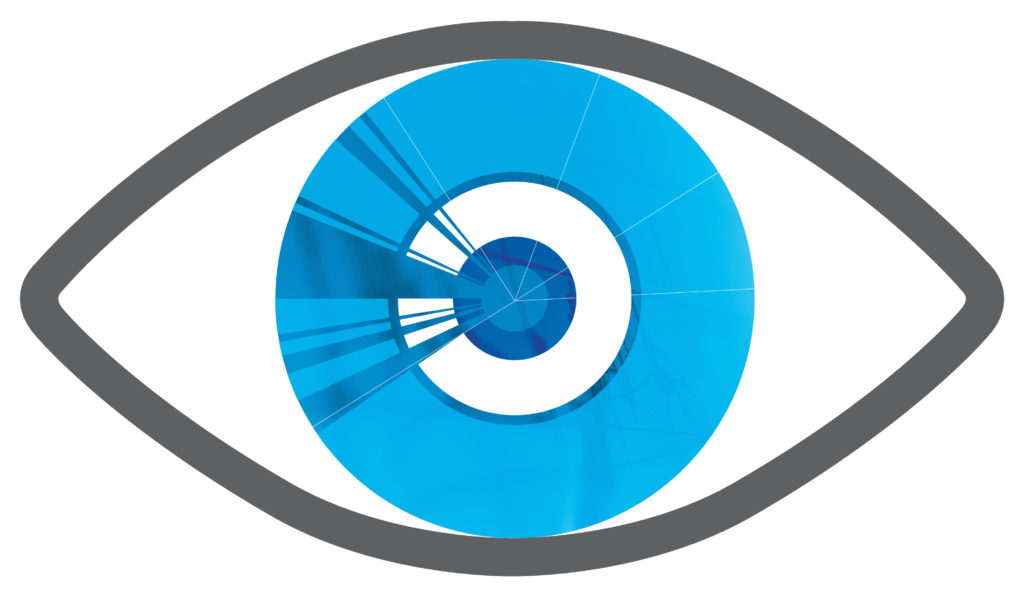
Every business owner knows that protecting your brand is important. But what about your online brand? How do you protect and manage the reputation of your business and products in such a vast and ever-changing environment?
When it comes to technological applications in the legal sector, Stephens Scown is helping to lead the way (whether through our own app for clients or being named one of the most influential firms on Twitter). Naturally we looked at how we could help our clients with the issue of online brand enforcement. So we created EyeOnline. Its primary function in design was to help brand owners spot use of their brands within newspaper comment boards, forums, social media platforms and other publicly accessible online databases and provide the facility to enforce those rights against infringers.
Since the launch of EyeOnline, however, it has become clear that it actually has two uses. The brand management tool that it was designed to be remains a core ability of the application, but upon release of the software in beta to select clients, we’ve found that it is also being used for spotting trends in online behaviours and so our clients’ marketing departments have been able to spot how to get the best exposure for their brand.
Whether it’s revision of an existing product, taking a brand in a new direction or the launch of something completely new, a lot of the success in a brand can rest in the whim and momentum of social media.
Twitter is the most obvious example of this “in the moment” phenomenon. Beyond hours, memes and promoted tweets, businesses can struggle to gain traction on a platform that can put a brand down as quickly as another can be boosted to the heights of internet fame. Examples of brands getting Twitter wrong are numerous.
EyeOnline’s very purpose – to spot, monitor and report back on internet activity against key terms – means that it can be used to precisely target trends and avoid the dangers of ambushing another’s campaign or latching on to a fading theme. What’s more, EyeOnline learns over time what is positive and negative for each watched term. This means that the term “dirty burger and burnt end beans” is seen contextually and, if used with positive terminology, is promoted on the dashboard.
EyeOnline is still in beta, but we’ve been encouraged by the uses our clients have found for the software. As a result, the beta is being made available to all – if you’d like a demonstration or you have further questions, please get in touch.
